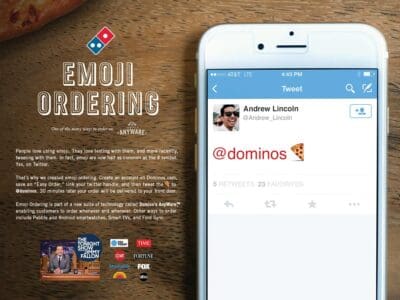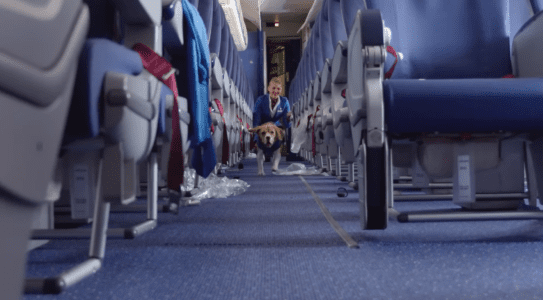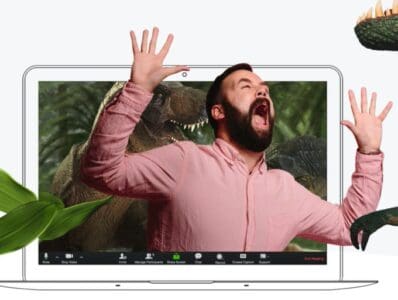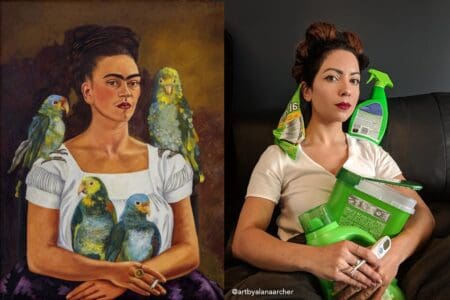Visual Storytelling: Enhancing Your Brand with Graphic Design
Graphic design plays a pivotal role in digital marketing by enhancing brand visibility, improving user engagement, and ultimately driving conversions. This article delves into the importance of visual content, design principles, essential tools, and the integration of branded visuals across various marketing channels.
Importance of Visual Content in Digital Marketing
Visual content is crucial in capturing attention and conveying messages effectively. Research shows that people process visuals 60,000 times faster than text, making graphics a powerful tool for communication. Key benefits include:
- Increased Engagement: Eye-catching visuals can significantly enhance user interaction with content, leading to higher engagement rates across platforms.
- Brand Recognition: Consistent use of well-designed graphics helps establish a strong brand identity that resonates with audiences.
- Improved Conversion Rates: Compelling visuals can guide users toward desired actions, such as signing up for newsletters or making purchases.
Design Principles and Best Practices
To create effective graphic designs, marketers should adhere to fundamental design principles:
- Hierarchy: Use size, color, and placement to guide viewers’ attention to the most important elements first.
- Balance: Ensure visual elements are evenly distributed to create a harmonious layout.
- Contrast: Utilize contrasting colors and fonts to make critical information stand out.
- Consistency: Maintain a uniform style across all graphics to reinforce brand identity.
Implementing these principles can lead to more impactful designs that resonate with the target audience.
Tools and Resources for Graphic Design
A variety of tools are available for creating stunning graphics, catering to both beginners and professionals. Some essential graphic design tools include:
- Adobe Creative Cloud: Offers industry-standard applications like Photoshop and Illustrator for advanced design needs.
- Canva: A user-friendly platform ideal for quick designs with numerous templates and resources.
- GIMP: A free alternative to Photoshop that provides robust image editing capabilities.
- Piktochart: Perfect for creating infographics that visually represent data in an engaging way.
These tools empower marketers to produce high-quality visuals efficiently.
Incorporating Branded Visuals Across Marketing Channels
Consistency in branding is vital for building trust and recognition. Here’s how to incorporate branded visuals effectively:
- Social Media: Use consistent colors, logos, and fonts in posts and ads to create a recognizable brand presence on all social platforms.
- Email Marketing: Design visually appealing newsletters that reflect your brand’s style while encouraging clicks through engaging graphics.
- Websites and Landing Pages: Ensure that all visual elements align with your brand identity to provide a cohesive user experience on your website.
By strategically using branded visuals across all channels, businesses can enhance their marketing efforts and foster stronger connections with their audience.
How Can Visual Content Enhance Digital Marketing Strategies
Graphic design is an indispensable component of digital marketing. By understanding the importance of visual content, adhering to design principles, utilizing the right tools, and maintaining consistency in branding, businesses can significantly improve their digital marketing strategies and achieve higher conversion rates.
- More User Engagement: Visuals are inherently more engaging than text. Research indicates that tweets with images receive 150% more retweets, while visual content is 40 times more likely to be shared on social media than text-based content. This heightened engagement translates to more interactions with your brand and increased visibility.
- Support Retention of Information: People retain information better when it is presented visually. Studies show that individuals remember only 10% of information three days after hearing it, but this retention jumps to 65% when accompanied by relevant images. Visuals help simplify complex concepts, making it easier for audiences to understand your message.
- Higher Conversion Rates: Visual content can significantly boost conversion rates. For instance, landing pages featuring videos can increase conversions by up to 80%. Compelling visuals guide users toward desired actions, such as signing up for newsletters or making purchases, by making the information more relatable and accessible.
- Enhanced SEO Performance: Incorporating visual content into your marketing strategy can improve your search engine optimization (SEO). Google prioritizes websites with engaging visuals, which can enhance visibility in search results and increase traffic to your site.
- Versatility Across Channels: Visual content is adaptable and can be utilized across various platforms, including social media, email marketing, blogs, and websites. This versatility allows brands to maintain a consistent message while reaching diverse audiences through different mediums.
- Emotional Connection and Storytelling: Visuals have the power to evoke emotions and tell compelling stories. By using visual storytelling techniques, brands can create relatable narratives that resonate with their audience, fostering a deeper connection and encouraging loyalty.
- Better User Experience: A well-designed visual layout enhances user experience by making content more readable and navigable. Engaging visuals reduce bounce rates and encourage visitors to explore more of your website.
Examples of Successful Visual Content Campaigns
1. Domino’s Emoji Ordering
Domino’s revolutionized pizza ordering by allowing customers to place orders using emojis. This innovative approach appealed to younger consumers and demonstrated how visuals can simplify communication, making the ordering process more fun and engaging. The campaign highlighted the power of visual content in expressing intent without words, leading to increased customer interaction and sales. 
2. KLM Lost & Found
KLM’s “Lost & Found” video featured a heartwarming story about a lost beagle, resonating emotionally with viewers. The video, which has garnered over 22 million views, effectively showcased the airline’s commitment to customer service while evoking empathy. This demonstrates how emotional storytelling through visual content can enhance brand perception and loyalty. 

3. Coca-Cola’s “Share a Coke” Campaign
Coca-Cola replaced its iconic logo with popular first names on bottles, encouraging consumers to find and share personalized bottles. This campaign not only generated massive social media engagement but also increased brand visibility as consumers shared photos online using the hashtag #ShareACoke. The personalization aspect made the campaign relatable and interactive, significantly boosting sales. 
4. Dove’s Campaign for Real Beauty
Dove’s #RealBeauty campaign focused on inclusivity and body positivity, showcasing real women of various shapes and sizes. This powerful visual marketing initiative resonated deeply with audiences, challenging traditional beauty standards and fostering a strong emotional connection with the brand. The campaign successfully reinforced Dove’s commitment to authenticity and empowerment. 
5. Office Depot’s Elf Yourself
The “Elf Yourself” campaign allowed users to create personalized e-cards featuring themselves as dancing elves. This interactive visual content was not only entertaining but also highly shareable, leading to over 1 billion elves created since its launch. The campaign effectively combined fun with personalization, making it a memorable holiday marketing strategy. 
6. Zoom’s Virtual Backgrounds Campaign
During the pandemic, Zoom capitalized on the trend of virtual backgrounds by encouraging users to share their creative backgrounds for a chance to win prizes. This campaign not only boosted user engagement but also generated a wealth of user-generated content that Zoom could leverage for further marketing efforts. 
7. Getty Museum Challenge
The Getty Museum encouraged followers to recreate famous artworks using items from their homes during lockdowns. This engaging campaign not only kept the audience connected with art but also fostered creativity and community participation, showcasing how visual content can inspire interaction even in challenging times. 